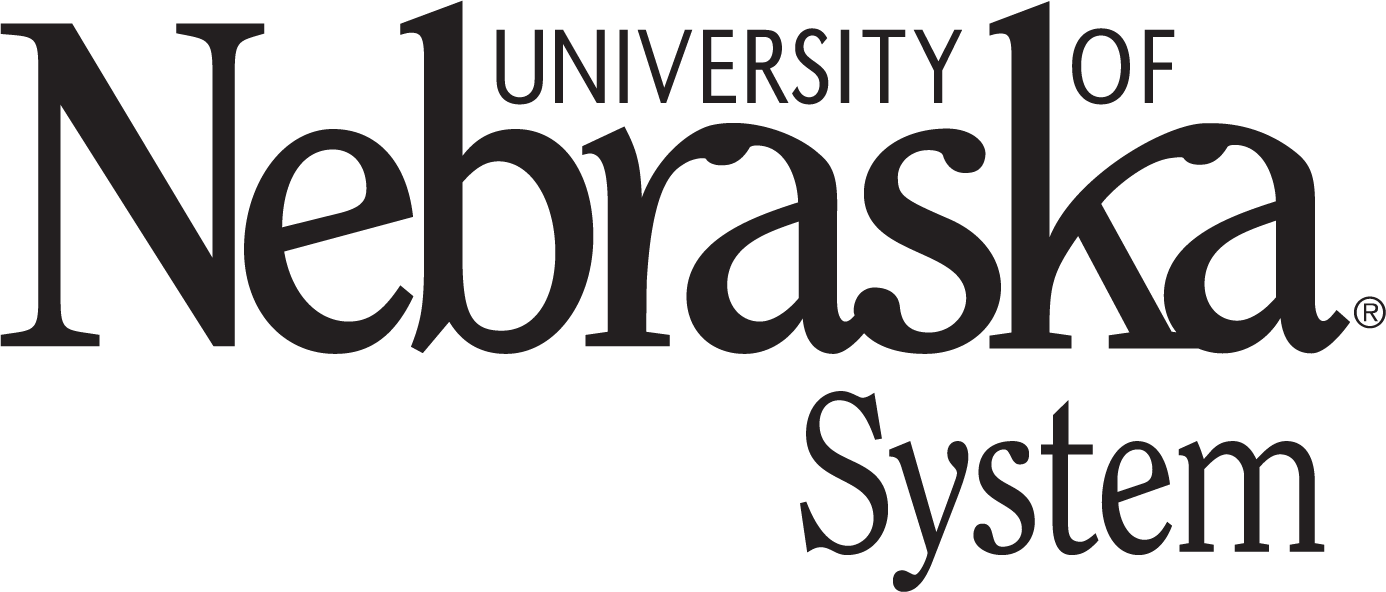Objective 1. Reasons that multiple search techniques are needed to find all relevant PubMed records
_______________________________________________________________________
PubMed Contains two Datasets
PubMed contains over 30 million records. Each record provides information about a single journal article. The records are divided into two datasets:
- an enormous, indexed dataset (MEDLINE)
- a smaller, unindexed dataset (non-MEDLINE PubMed)
PubMed used to include a sizeable group of records awaiting MEDLINE indexing called PREMEDLINE. Since the introduction of computer indexing, records are usually indexed instantly. There are very few (if any) PREMEDLINE records now.
_______________________________________________________________________
Different Search techniques are Required For optimal Searching of the two datasets
The optimal search method is dictated by the content ot the records in the two datasets. The table below shows the types of information included in the records in the two PubMed datasets.
Table 1. Information included in MEDLINE, and non-MEDLINE PubMed records
| Dataset Characteristics |
non-MEDLINE PubMed
|
MEDLINE |
|---|---|---|
|
journal title and authors names are present in the records
|
+ | + |
|
abstracts are present in the records (if an abstract is present in the article)
|
+ |
+ (not oldest records) |
|
Because the article title and abstract are present in the record, keyword searches (which search for words authors may have used) work.⭐
|
+ | + |
|
Records are indexed with medical subject headings (MeSH) so MeSH searches work⭐
|
+ | |
|
Records include language and pub date info so language and pub date limits work⭐
|
+ | + |
|
Reocrds include species, age, and publication type info so human vs. animal, gender, age, and publication type limits work⭐
|
+ |
Indexed records (MEDLINE records) contain medical subject headings (MeSH) and are usually searched most easily and effectively using MeSH. Keyword searches will also retrieve MEDLINE records.⭐
Unindexed records, (non-MEDLINE Pubmed records) do not contain medical subject headings (MeSH) and, thus, must be searched using keywords.⭐
In the table, the two final rows show the information used when limits/filters are applied. As you can see:
- keyword searches will be capable of retrieving records from all PubMed datasets ONLY if you use no limits other than language, publication date, and/or the systematic review limit⭐
or, in other words,
- keyword searches will only retrieve records from all PubMed datasets if you avoid the limits that depend on information added by indexers (species (humans vs. animals), age, gender, and publication type limits)⭐
